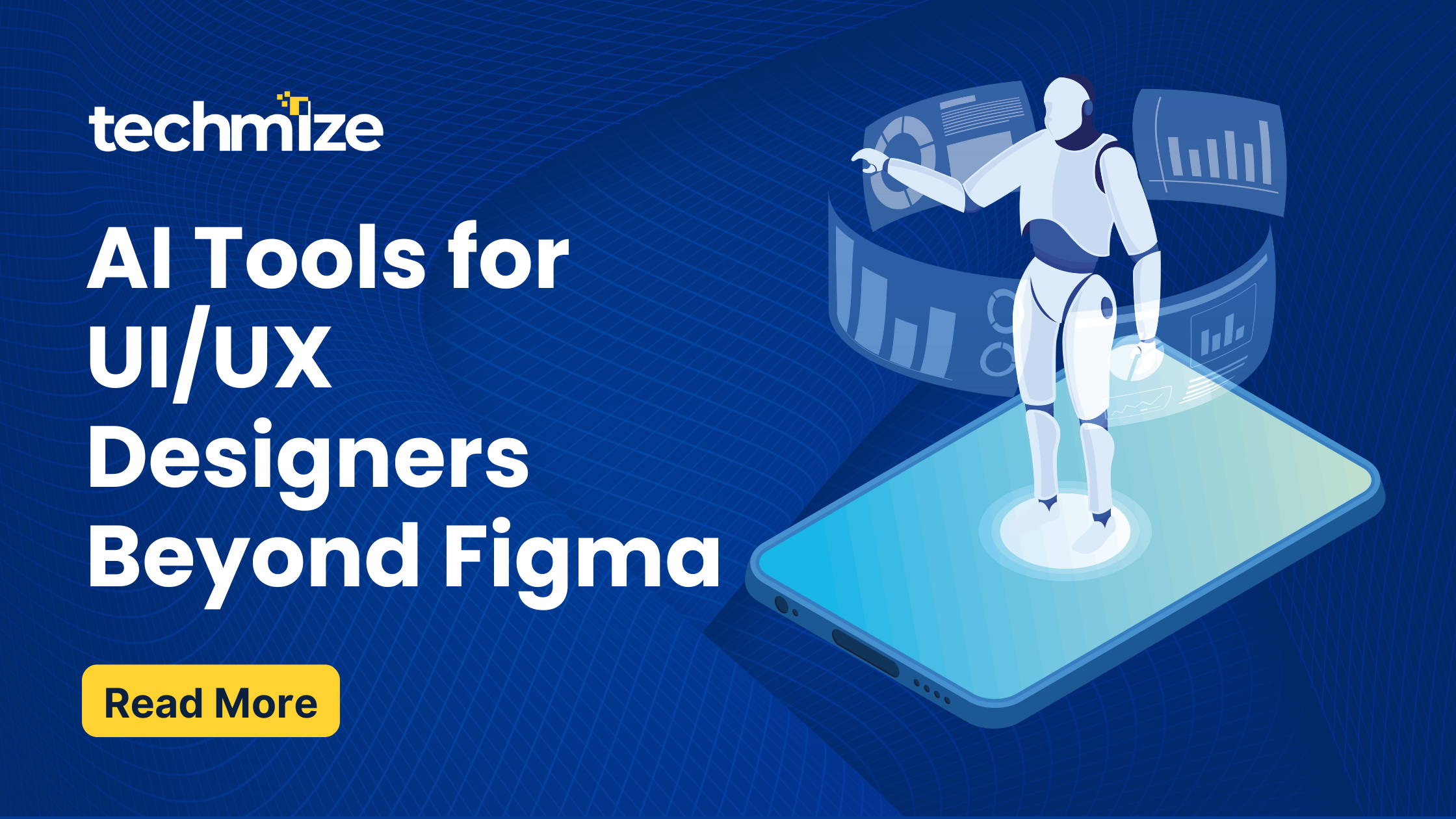The digital landscape is constantly evolving, and one of the most noticeable shifts in recent years is the widespread adoption of dark mode. Once a niche feature favored by nocturnal coders, dark mode has surged in popularity, becoming a standard option across operating systems, applications, and websites. This transition isn’t merely a fleeting trend; it reflects a growing awareness of user comfort and a desire for visually appealing interfaces.
Beyond Aesthetics: The Benefits of Rise of Dark Mode
- Reduced Eye Strain: In low-light environments, bright screens can cause significant eye strain. Dark mode, with its darker background and lighter text, reduces the intensity of light emitted, lessening the burden on our eyes. This is particularly beneficial for users who spend long hours in front of screens, especially at night.
- Improved Sleep Quality: Exposure to blue light from screens can disrupt the production of melatonin, a hormone that regulates sleep. By reducing the amount of blue light emitted, dark mode can help minimize this disruption, promoting better sleep.
- Battery Savings: On devices with OLED or AMOLED screens, dark mode can significantly reduce power consumption. These screens illuminate individual pixels, and displaying darker colors requires less power than displaying bright ones. This translates to longer battery life, especially on smartphones and laptops.
- Enhanced Focus: For some users, dark mode can improve focus by minimizing distractions. The darker background can create a more immersive experience, allowing users to concentrate on the content without being overwhelmed by bright light.
- Accessibility: For people with light sensitivity or certain visual impairments, dark mode can make digital content more accessible and comfortable to view.
Designing for the Rise of Dark Mode Side: Key Considerations
Creating effective Rise of Dark Mode interfaces requires careful consideration of several design principles:
- Color Palette: Instead of simply inverting colors, designers should create a dedicated dark mode color palette. This involves choosing lighter shades of text and interface elements that provide sufficient contrast against the dark background while maintaining readability. Avoid pure white on pure black, as this can create a harsh contrast. Opt for slightly off-white or light gray tones.Read more.
- Contrast and Readability: Ensure adequate contrast between text and background to maintain readability. The WCAG (Web Content Accessibility Guidelines) provide valuable guidelines for contrast ratios.
- Visual Hierarchy: Use subtle variations in color and brightness to create a clear visual hierarchy. This helps users navigate the interface and understand the importance of different elements.
- Consistency: Maintain consistency in the design across both light and dark modes. This ensures a seamless user experience regardless of the chosen mode.
- Testing: Thoroughly test the dark mode design on various devices and under different lighting conditions. This helps identify and address any potential issues with readability or usability.
- Imagery: Review all imagery within the interface. Make sure that dark mode does not make images appear strange. Adjusting image brightness, or using alternative darker images may be required.
Implementing Dark Mode: Practical Approaches
Implementing Rise of Dark Mode on websites and apps can be achieved through various methods:
- CSS Media Queries: For websites, CSS media queries allow you to detect the user’s preferred color scheme and apply corresponding styles. The
prefers-color-schememedia query can be used to target dark mode users. - JavaScript: JavaScript can be used to toggle between light and dark modes, allowing users to manually switch between the two. This can be combined with local storage to remember the user’s preference.
- Operating System APIs: Mobile operating systems like iOS and Android provide APIs that allow apps to detect and respond to the system’s dark mode setting.
- Frameworks and Libraries: Many front-end frameworks and UI libraries provide built-in support for dark mode, simplifying the implementation process.
The rise of dark mode is a testament to the growing importance of user-centered design. By prioritizing comfort, accessibility, and aesthetics, designers can create digital experiences that are both visually appealing and enjoyable to use. As dark mode continues to evolve, it will undoubtedly play an increasingly significant role in shaping the future of digital interfaces.
Expanding on the core concepts of dark mode, let’s delve deeper into the nuances that contribute to a truly refined user experience.
The Psychology of Dark Mode:
Furthermore, the darker aesthetic can evoke a sense of sophistication and modernity in Rise of Dark Mode. It aligns with the trend of minimalist design, emphasizing content over superfluous visual elements. In a world saturated with bright screens and visual noise, dark mode offers a welcome respite, allowing users to engage with digital content in a more relaxed and focused manner.
Dark Mode and Content Consumption:
The impact of dark mode extends beyond interface design to the way we consume content. For reading long-form articles or e-books, dark mode can significantly reduce eye strain, allowing users to read for extended periods without discomfort. Similarly, for watching videos or viewing images, dark mode can enhance the viewing experience by minimizing distractions and creating a more cinematic feel.
However, it’s crucial to consider the type of content being displayed. For content that relies heavily on color accuracy, such as photography or graphic design, dark mode may not be ideal. The darker background can alter the perceived colors, potentially leading to inaccurate representations. In such cases, providing users with the option to toggle between light and dark modes is essential.
The Future of Dark Mode:
As Rise of Dark Mode continues to gain traction, we can expect to see further advancements in its implementation and design. AI-powered tools may emerge to automate the process of creating dark mode color palettes and adapting interfaces. We might also see more sophisticated methods for detecting and responding to ambient lighting conditions, allowing for dynamic adjustments to screen brightness and color temperature.
Furthermore, the concept of dark mode may extend beyond visual interfaces to other aspects of the digital experience. For example, we could see the development of dark mode audio profiles that reduce the intensity of sound output, or Rise of Dark Mode notifications that minimize distractions.
Challenges and Considerations:
Despite its numerous benefits, Rise of Dark Mode also presents certain challenges. One of the primary challenges is ensuring accessibility for all users. While dark mode can improve accessibility for some, it may create difficulties for others, particularly those with certain visual impairments. Thorough testing and user feedback are crucial to address these issues.
Another challenge is maintaining consistency across different platforms and devices. The implementation of dark mode can vary significantly depending on the operating system, browser, or application being used. Designers and developers need to ensure that the dark mode experience is consistent and seamless across all platforms.
Also, some older websites and applications may not be easily adaptable to dark mode. Retrofitting dark mode into existing systems can be a complex and time-consuming process.
Conclusion:
Dark mode is more than just a passing fad; it’s a fundamental shift in the way we interact with digital interfaces. By prioritizing user comfort, accessibility, and aesthetics, Rise of Dark Mode is transforming the digital landscape, creating a more enjoyable and engaging experience for users worldwide. As technology continues to evolve, we can expect to see further innovations in Rise of Dark Mode design and implementation, solidifying its role as an essential feature of modern digital interfaces.
At Techmize , we aim to empower businesses by offering cutting-edge Trends in Website Design, Landing Page Design, and Redesign Services .Our solutions are tailored to captivate your audience, boost conversions, and bring outdated websites back to life with modern aesthetics and functionality. Partner with us to elevate your online presence and achieve your business goals seamlessly.
Ready to take your digital journey to the next level? Connect with us today and discover how our services can transform your online strategy into a powerful growth engine. Let’s create something extraordinary together!







